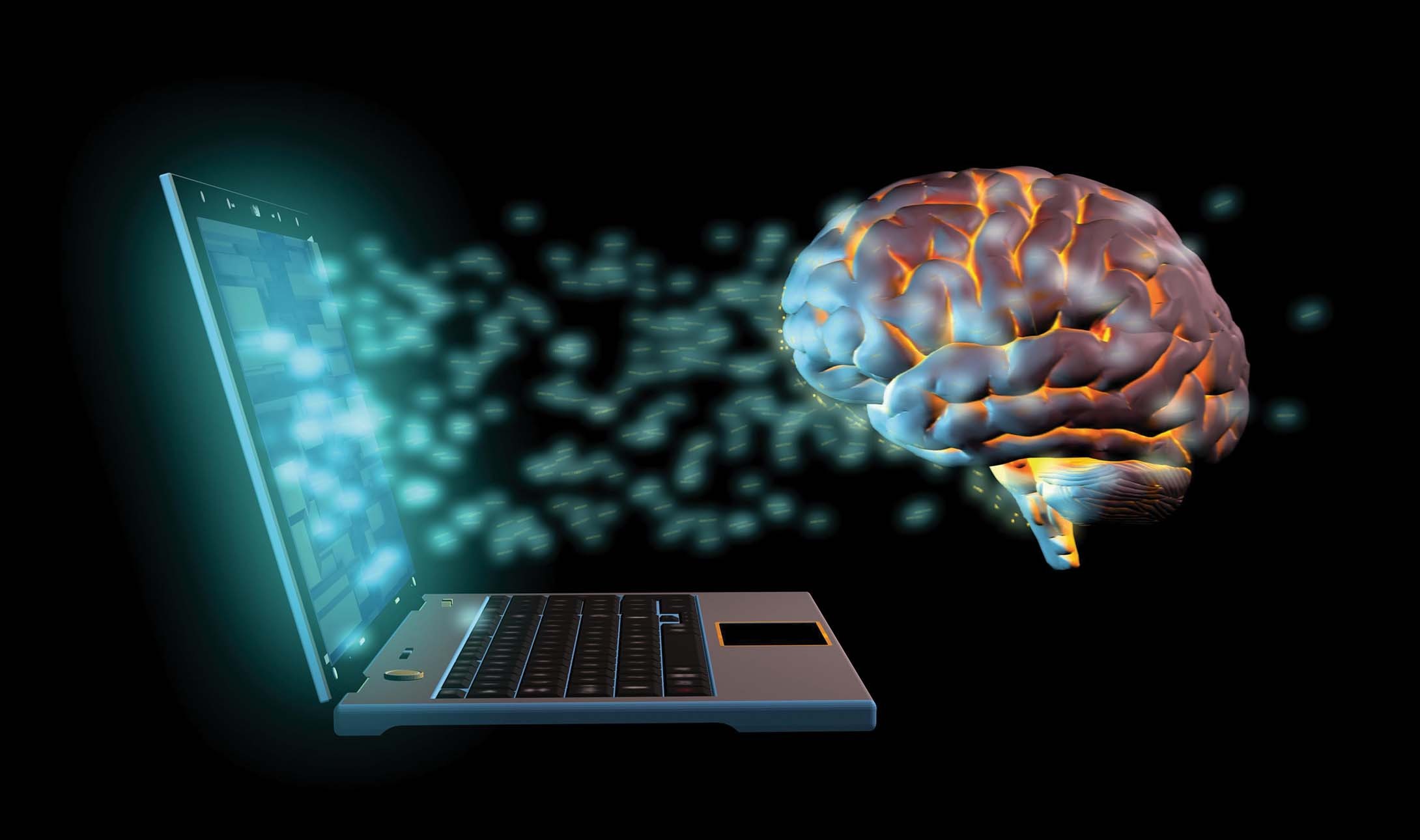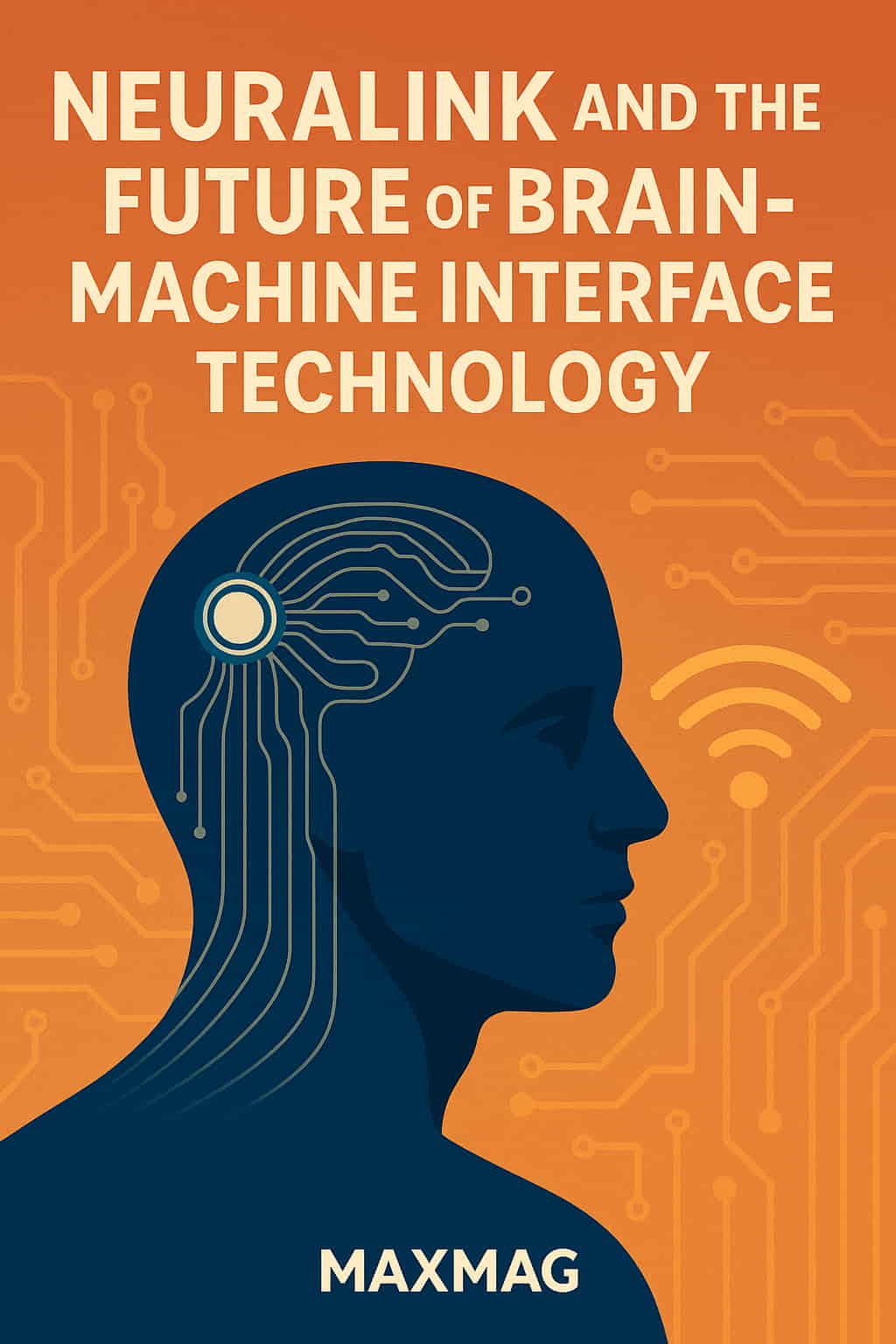n recent years, a revolutionary shift has begun in the field of neuroscience. This shift isn’t about simply understanding the brain but about bridging it directly with machines. At the center of this evolution stands Neuralink, the bold neurotechnology company founded by Elon Musk. Its mission: to pioneer breakthroughs in brain-machine interface technology and redefine how we interact with both computers and ourselves.
A New Frontier for Human Thought
The idea of connecting the human brain to external devices has long been the stuff of science fiction. Yet today, brain-machine interface technology is quickly becoming a scientific reality. Neuralink is leading this transformation by designing devices capable of interpreting the brain’s electrical signals and translating them into actionable outputs.
In August 2020, Musk introduced Neuralink’s flagship innovation, a coin-sized implantable device known simply as the “Link.” This tiny computer, embedded in the skull, has the potential to change lives by giving people with neurological impairments new tools for communication, control, and independence.
What Makes Neuralink Different?
While brain-machine interface technology has existed for decades, Neuralink is pushing the field forward with cutting-edge developments. Its innovation lies in the use of ultra-thin threads and a robotic surgeon to insert them into the brain with unmatched precision.
The Link is fully wireless, rechargeable, and designed to be implanted with minimal invasion. These threads record brain activity and transmit the data to external devices like computers or smartphones. This represents a new era where thought can directly control machines — with no muscle movement required.
The Power of Brain-Machine Interface Technology
Restoring Movement and Communication
One of Neuralink’s most promising applications lies in restoring movement for people with paralysis. For instance, someone with a spinal cord injury could potentially use a Neuralink device to operate a robotic arm or navigate a digital interface.
In 2024, Neuralink successfully implanted its device in a human patient with quadriplegia. According to reports, the patient was able to control a computer cursor using only their mind. This powerful demonstration showed how brain-machine interface technology could give people a new kind of freedom.
Organizations like the Christopher & Dana Reeve Foundation have long supported breakthroughs for spinal cord injuries, and Neuralink’s advancement could mark a major milestone in that effort.
Addressing Mental and Neurological Disorders
Beyond mobility, Neuralink is exploring the brain’s deeper potential. Conditions like depression, anxiety, and even Alzheimer’s disease could be addressed by stimulating or interpreting activity in specific brain regions.
Though still in experimental phases, researchers envision customized neurotherapy based on real-time brain activity. Agencies such as the National Institute of Mental Health (NIMH) are closely monitoring these developments for their potential to revolutionize psychiatric treatment.

How Brain-Machine Interface Technology Will Transform the Future
The term brain-machine interface technology may sound futuristic, but its possibilities are very human. Neuralink envisions a world where:
-
People with physical disabilities regain autonomy.
-
Those with vision impairments receive artificial visual input.
-
Memory loss can be alleviated or reversed.
-
Skills or languages could be “uploaded” through direct neural stimulation (theoretical, but being studied).
Institutions like MIT’s McGovern Institute for Brain Research are already exploring the cognitive possibilities of human-machine integration. Neuralink’s advances could be the commercial bridge to those academic ideas.
Ethics, Privacy, and the Role of Regulation
Despite the promise, brain-machine interface technology raises serious ethical questions.
-
Privacy: Who owns the thoughts recorded by a brain chip? Could neural data be hacked or sold?
-
Consent and Safety: What are the risks of long-term implantation? Could implants affect personality or autonomy?
The U.S. Food and Drug Administration (FDA) plays a vital role in ensuring these devices are tested, regulated, and ethically deployed. Neuralink has received FDA approval for human trials, but scrutiny remains high, especially after early animal testing reportedly raised welfare concerns.
The Competitive Landscape
Neuralink isn’t alone in this race. Several American and international companies are pursuing similar goals:
-
Synchron, based in the U.S., is developing a brain interface inserted via blood vessels, avoiding the need for open-skull surgery.
-
Paradromics is focusing on high-data bandwidth brain interfaces for clinical use.
-
The NIH BRAIN Initiative continues to fund public research and innovation in neurotechnology.
Each of these entities contributes to the broader advancement of brain-machine interface technology, often through unique paths and philosophies.
Real Stories, Real Impact
Perhaps the most compelling argument for Neuralink’s work is its impact on individuals. Imagine a person with ALS, unable to speak or move, suddenly able to send a message or play a game with nothing but thought.
These are not abstract dreams—they are slowly becoming reality. Clinical trials are expanding. New participants are being enrolled. Software is improving. Devices are getting smaller and more capable.
This is the birth of a new kind of accessibility, where thought alone becomes action.
FAQs
Q1: What is Neuralink?
Neuralink is a neurotechnology company founded by Elon Musk that develops brain-computer interface devices to link the brain with external electronics.
Q2: How does brain-machine interface technology work?
It detects brain signals via implanted electrodes and translates them into commands that can control devices or interact with digital systems.
Q3: Is Neuralink safe?
Neuralink uses surgical robotics to reduce risk, but long-term safety data is still being collected. It is FDA-approved for early human trials.
Q4: Who benefits from this technology now?
Current applications target people with paralysis or neurological conditions such as ALS, with future uses aimed at mental health and cognitive support.
Q5: Are there non-invasive alternatives?
Yes, companies like Synchron are developing interfaces that don’t require brain surgery, using vascular pathways to access neural signals.





